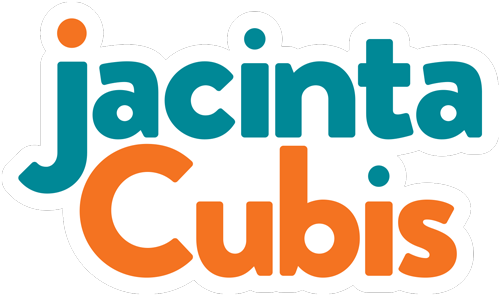Let them go
Illustration: Jacinta Cubis
Remember the first night when mum or dad handed you the keys to their car? It came with a mini-lecture about freedom and responsibility. As they talked, the car beckoned us – ‘drive me’.
That was a big moment. They or some other unfortunate adult had sat beside us up until then as we learned how to drive. This time, we were going to be on our own.
Every time an adult lets a child go on their own - from their first step to their first day at school and every milestone afterwards – I reckon there must be a guiding voice somewhere saying ‘let them go’ despite their instincts to hold on. Or hover, like a helicopter.
Adults have to get out of children’s way at some point, just like facilitators need to get out of the way of groups. Let them go.
A facilitator’s job is to help a group do their best thinking to achieve their purpose. The group has the expertise, the knowledge about their community or talk with customers and health consumers every day. Let them do their best thinking and unearth their own gold.
It’s one thing to talk about not hovering like a helicopter. It’s hard in practice, especially in the face of pressure from our managers or our clients.
I had asked a group of 300 people to explore what counted, and how to count it, to measure the success of their partnership. They were a mix of patients, health consumers, clinicians and service providers.
After about 15 minutes, one of my clients approached me with a worried look on her face. She asked if I could repeat my instructions. I politely, but firmly, declined.
First, my instructions had been simple. ‘What counts? How do we count it?’. They had a worksheet to complete and stick up at the back of the room. Don’t interrupt to explain again. Just don’t. Let them get on with it.
Second, they only had one hour. They had a lot of partnership actions to consider and filter before they could land on what they thought should be counted and how to count it.
Third – and most important – it was their content and their partnership. They had contributed to the actions they were now working out how to measure. Let them draw on their own wisdom.
My lapel mic stayed off and I stayed out of their way. I drank some water. I took some photos. I drew some pictures. I was there, but I didn’t hover. It took a lot for me to play interference. Each table had a voluntary facilitator to keep a gentle eye on group dynamics and guide the group if they needed it.
Groups can’t get on with the work with a facilitator hovering like a helicopter. We mean well, but it’s misguided.
Groups disengage and lose agency if facilitators ‘run interference’. We over-explain instructions, give too many and confuse people. We interrupt groups when they’re in the middle of nutting out a problem.
Groups can’t do any of their own thinking when an anxious facilitator keeps giving them ‘solutions’ to the problems they’re exploring.
Imagine our horror as a teenager if the adults handing us the keys had then sat in the back seat of the car on our first night of freedom.
Remember they had talked about responsibility. We’d be on safe footing to have a word to them about trust.
If we lead groups to work together, to collaborate – as a leader or a facilitator – loosen the reigns. Let them go.
I like how the poet David Whyte links withdrawal and freedom in his book, Consolations.
‘To remove ourselves entirely and absolutely, abruptly and at time uncompromisingly, is often the real and radically courageous break for freedom.’
And that group that I let go? They came up with close to 250 things to measure and how to measure them.
If you are a leader, or lead groups, and want to get out of the helicopter, just email me with ‘FREE’ in the subject line and we can have a chat.


